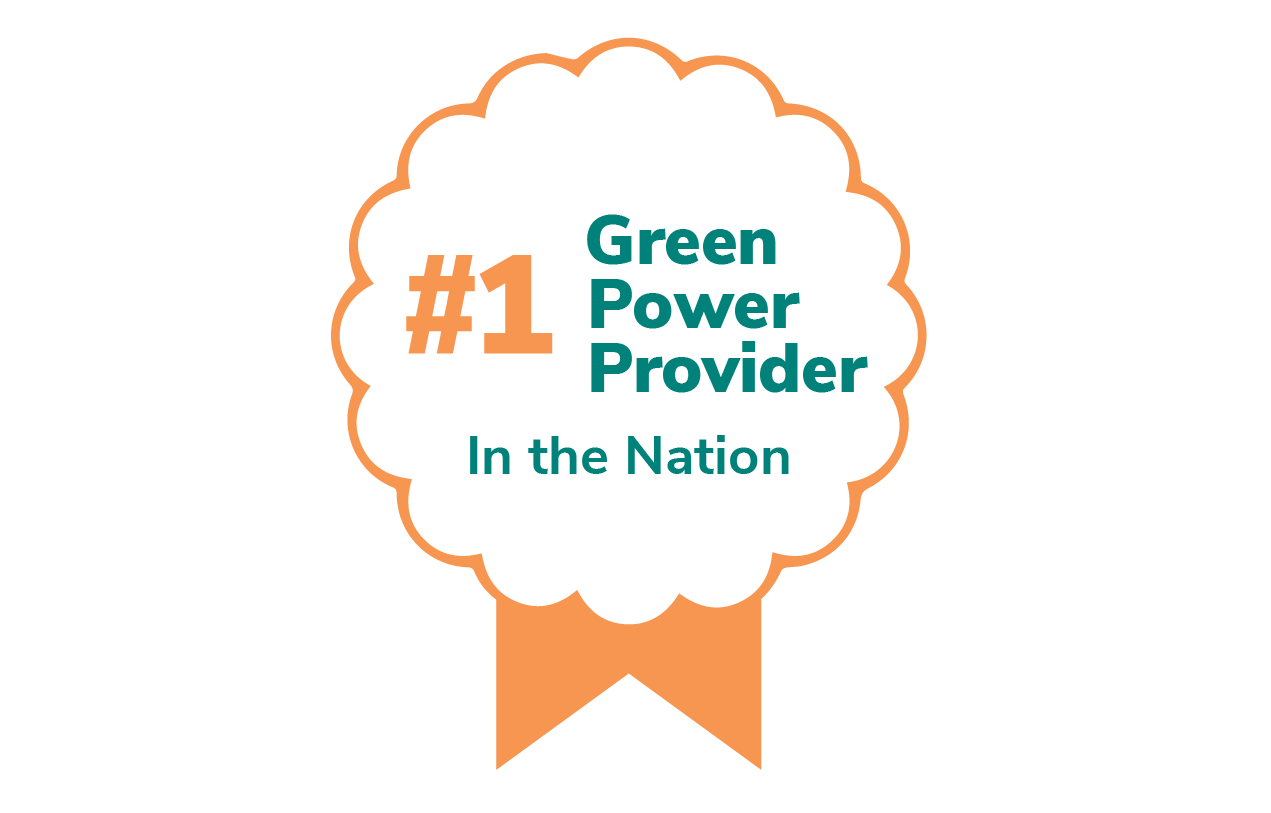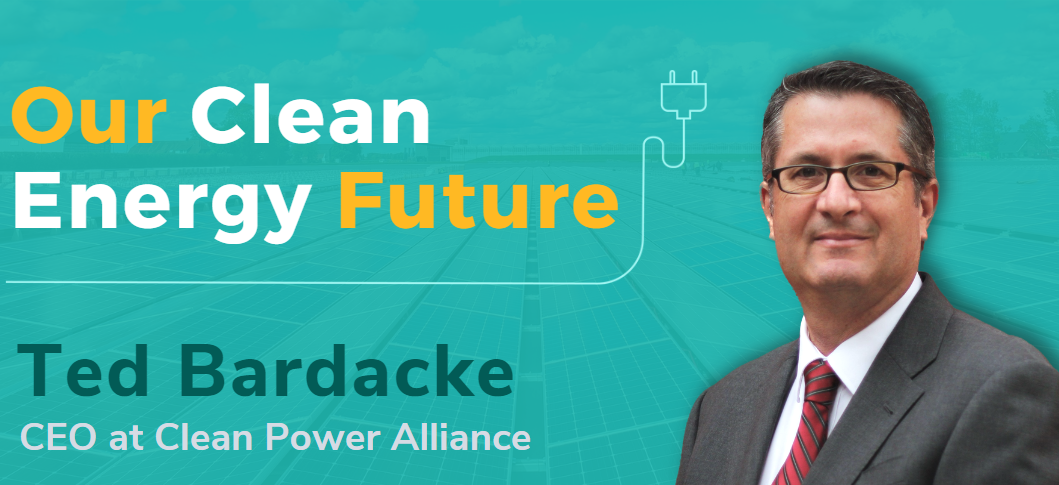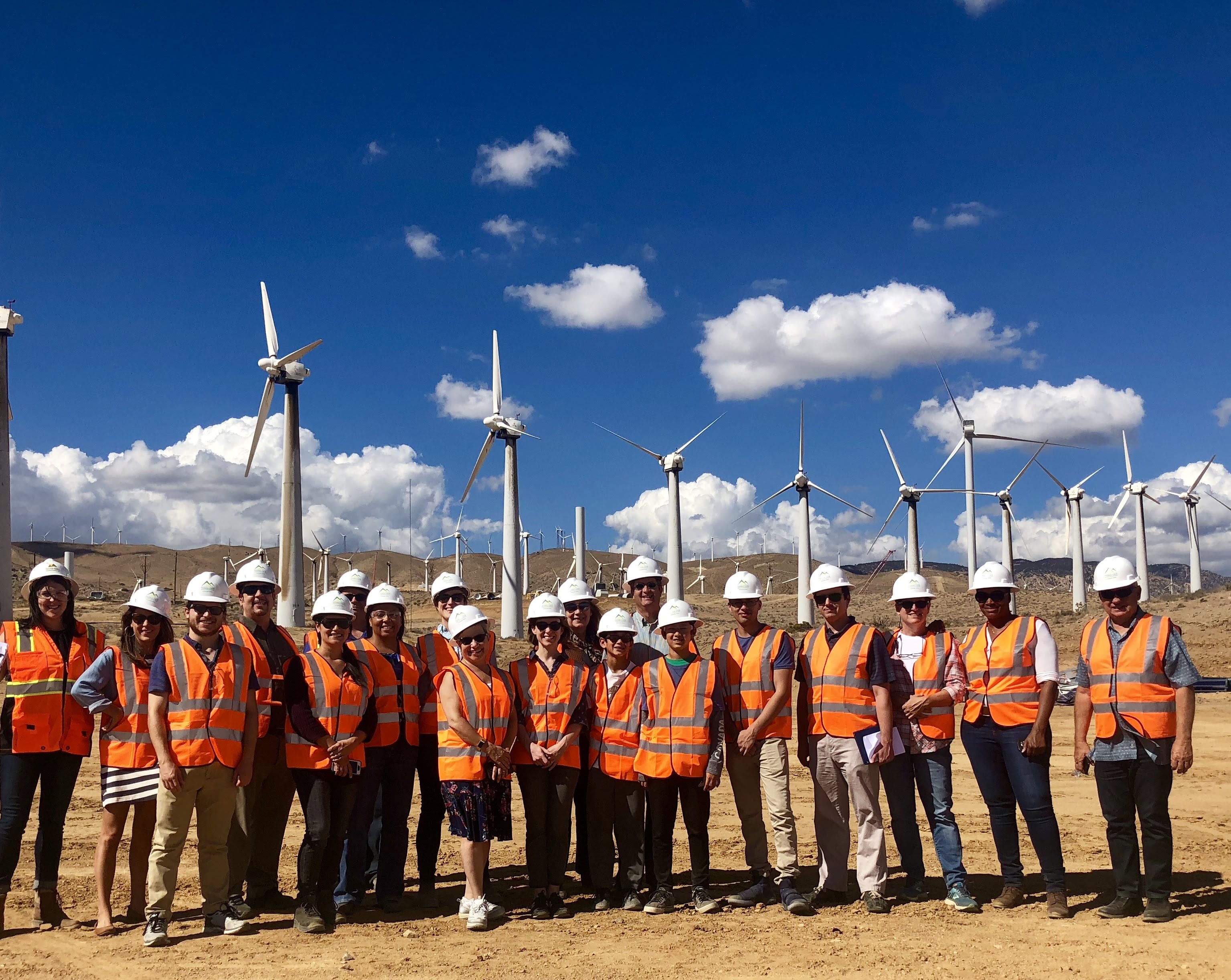As Californians face mounting electricity costs, state leaders and energy regulators are exploring innovative opportunities to ease the financial pressure on ratepayers. Among the numerous strategies being examined are ways to improve the state’s cap-and-trade program and the California Climate Credit, both of which play a central role in California’s climate policy framework.
In October 2024, Governor Newsom issued an Executive Order directing the California Public Utilities Commission (CPUC) to review existing ratepayer programs and the California Climate Credit to identify opportunities to mitigate the rising costs of electricity.
California’s cap-and-trade program is one of several programs designed to reduce greenhouse gas emissions in the state. The cap-and-trade system works by placing a price on carbon emissions and requiring large polluters to purchase allowances. This creates a financial incentive to reduce greenhouse gas output while generating revenue that can be redirected to offset utility bills. Revenues from the cap-and-trade auctions are deposited into the Greenhouse Gas Reduction Fund (GGRF), and this fund is used to help reduce the burden of rising utility bills on households and businesses.
The California Climate Credit—an existing rebate funded through this program—is being evaluated for expansion or adjustment to provide more substantial relief to ratepayers.
This credit is a rebate that residential utility customers currently receive on their energy bills, funded through proceeds from the cap-and-trade auctions. Each spring and fall, millions of Californians see a line item on their electricity and natural gas bills called the California Climate Credit—a direct consumer benefit designed to support the state’s broader climate goals.
The CPUC identified several options to reallocate the climate credit to increase affordability for specific groups of customers. These are:
- Allocating the credit only to low-income customers on the California Alternate Rates for Energy (CARE) rate.
- Allocating the credit only to customers who do not have rooftop solar.
- Allocating the credit on the basis of usage, with customers who use more electricity receiving a higher credit.
Policymakers are evaluating ways to expand or modify this credit to provide more meaningful and targeted relief, especially in the months when electricity bills are highest. Two notable bills advancing in the state legislature would do just that. CPA is proud to sponsor AB 729, authored by Assemblymember Rick Zbur, which would move the climate credit from April and October to August and September, the months in which CPA customers’ electricity bills are typically the highest.
AB 745, authored by Assemblymember Jacqui Irwin, who is also Chair of the Joint Legislative Committee on Climate Change Policies, would move the climate credit from April and October and split it between three months: July, August and September. It would also change the credit from a flat amount to a volumetric credit, presumably giving higher electricity users a higher credit.
The cooperation of these legislative champions will likely result in a single comprehensive measure that advances to the Governor’s desk. CPA expects AB 745 to be the main vehicle that moves this concept forward.
These potential changes reflect a broader policy challenge: how to continue advancing California’s aggressive climate action goals while ensuring that the transition to a cleaner energy system remains affordable and equitable for all residents.
Clean Power Alliance is committed to supporting efforts that help customers save money and energy while enhancing regional resilience and expanding access to clean energy for all. CPA has been working with the California Community Choice Association (CalCCA) to identify additional opportunities to use the Greenhouse Gas Reduction Fund and Climate Credit to increase electricity affordability for lower-income communities.
To learn more about charges on your monthly electricity bill, visit cleanpoweralliance.org/understandingyourbill.




